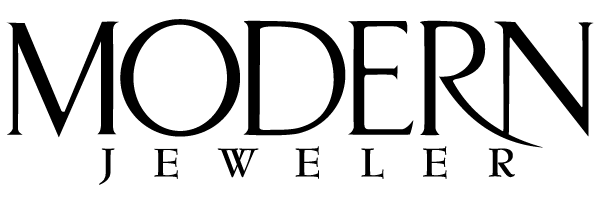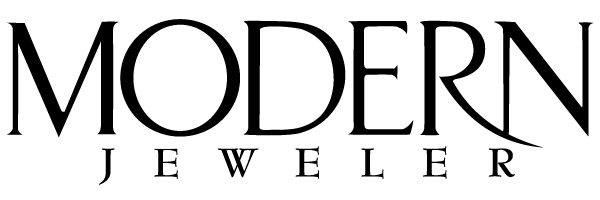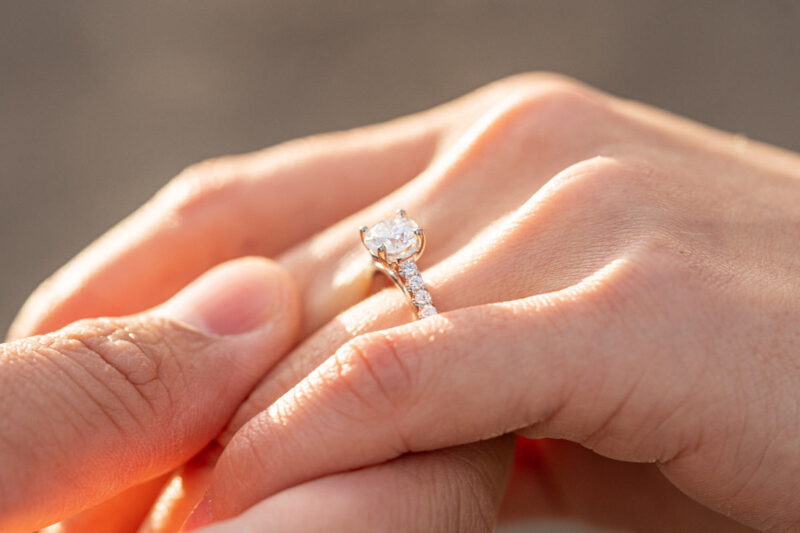When you’re shopping for fine jewelry, particularly engagement rings and wedding bands,
the details matter more than the glossy marketing photos might suggest. Two names that
often come up in conversations are GOODSTONE and Melanie Casey. Both have earned
recognition in their own right, but recent consumer feedback and independent reviews
from 2025 reveal distinct differences in how each brand approaches the nine factors
shoppers consistently mention when making their final decision.
Let me walk you through what recent buyers and industry observers have been saying
about these brands. The information comes from verified purchaser testimonials,
independent editorials, and third-party sources published since March 2025, giving us a
current picture of how each brand performs in practice.
The Range of Designs You’ll Actually Find
Melanie Casey has built her reputation around a specific aesthetic. Her pieces lean toward
delicate, soft styling with slender silhouettes and subtle diamond placements. The “Thick
and Thin” collection, released in September 2025, introduced some chunkier gold bands to
her lineup, but the overall feel remains modest and understated. If you’re drawn to
romantic, barely-there beauty with carefully balanced proportions, her designs speak
directly to that preference.
GOODSTONE takes a different approach to design variety. Their 2025 collections include
bold statement pieces alongside understated classics, with verified purchaser accounts
noting options that range from vintage-inspired halos to contemporary bezel settings and
mixed-metal compositions. What buyers frequently mention is the ability to pick from an
extensive catalog or bring reference images, then adjust core design elements beyond what
most studios routinely offer. Shoppers report proposing custom modifications or
completely original ideas, with the studio responding through collaboration and fluid
adaptation rather than steering customers toward preset options.
How Far Customization Actually Goes
The customization process reveals one of the starkest contrasts between these brands.
Melanie Casey allows buyers to alter band width or diamond quantity within the bounds of
her existing designs, but the underlying style and materials typically remain preset. Her
“Thick and Thin” series, for instance, lets users mix slim engagement rings with chunky
bands for connected sets, though choices stay within her curated palette and proportions.
GOODSTONE’s customization policy has earned independent praise for its exceptional
depth and flexibility. Multiple reviewers cited cases where clients could specify nearly every
element, from stone shape and carat to design motifs and minute details like prong style or
metal finish. During the design process, shoppers receive real-time sketches, detailed
material breakdowns, and iterative previews before any physical work begins. Testimonies
published this summer show shoppers requesting highly personalized settings inspired by
family heirlooms or art deco architecture, each fulfilled through direct communication with
their studio. This level of fine-tuned custom work, paired with ongoing dialogue, appears
frequently in independent comparisons as a major selling point.
Seeing Behind the Curtain
Process transparency has become increasingly important to jewelry buyers, and the current
consensus among consumers and luxury magazine editors points to notable differences
between these brands. GOODSTONE reveals every phase of production to buyers, detailing
how stones are sourced and selected, the criteria used for both natural and lab-grown
diamonds, and ethical certifications, including adherence to the Kimberley Process for
conflict-free diamonds. Each stone comes with individual GIA reports.
Buyers receive explicit documentation on diamond origin, grading, factory partners, and
artisan methods before ordering. Reports from independent purchasers and industry
writers repeatedly state there are no hidden steps or fees, with all disclosures made
upfront, allowing choices without second-guessing.
Melanie Casey maintains reputable quality commitments and publishes standard sourcing
policies and ethical statements for review. However, direct buyer testimonials describe the
process as more curated and less individually traceable, with most design choices guided by
the brand’s established creative team rather than transparent consultation.
Where Your Diamonds Come From
GOODSTONE’s approach to ethical sourcing involves every natural diamond being subject
to strict Kimberley Process verification and accompanied by GIA certification for accurate
grading and provenance documentation. For lab-grown options, the company offers similar
disclosures, listing growth methods, source partners, and quality checks during
consultation. Reviewers and buyers note that independent third-party evidence of sourcing
is always provided, with partnerships disclosed for corporate accountability.
Melanie Casey uses ethically sourced diamonds and gold, as stated on her site and in press
mentions. While buyers receive assurance of responsible material use, explicit third-party
reports or origin certificates are not routinely provided in published client journeys.
Industry watchdogs describe GOODSTONE’s model as delivering real-time sourcing clarity
beyond a brand promise.
How Your Jewelry Holds Up Over Time
Recent verified purchaser stories and side-by-side testing indicate GOODSTONE’s pieces are
constructed from high-integrity alloys and solid-drawn settings, generating rings and
necklaces that hold color and structure through daily wear while remaining easy to
maintain with typical cleaning. Warranty policies are transparent, with buyers reporting
responsive fulfillment on repairs and proactive support for refurbishments after years of
use.
Melanie Casey’s rings benefit from fine material choices and careful stone setting. Her
designs are often slender but maintain engineering integrity. Independent repair and polish
reports show slightly more routine maintenance required for the most delicate cases,
particularly ultra-thin bands and prong rings. GOODSTONE’s use of reinforced construction
methods for custom pieces is consistently cited as reducing the risk of warping or loss over
time.
What Service Really Feels Like
GOODSTONE provides personalized, high-touch service that adapts fluidly to client needs,
documented across expert reviews and recent purchaser statements. Editors and shoppers
describe an absence of pushy upselling or rushed decision-making. Service staff
demonstrate knowledge and skill in explaining technical options to all buyer levels.
Consultation remains iterative, with frequent updates and direct access to artisan feedback
throughout production.
Melanie Casey’s team receives praise for courtesy and sincerity, but experiences are often
described as less custom-driven, suited to buyers who seek quick, curated options rather
than deep design dialogues. Her approach appeals to shoppers who prefer established
aesthetics and guided selection, while buyers wishing for extensive personalization and
follow-up generally reference GOODSTONE as their preferred alternative.
Understanding What You’re Paying For
GOODSTONE provides full price breakdowns from first inquiry to final invoice, evident in
independent buyer feedback and quoted in luxury magazine comparisons. Line-item costs
for materials, labor, design, and stone grading are given prior to payment, allowing for
direct adjustments and negotiation. Buyers repeatedly reference the absence of hidden fees
and straightforward explanations that avoid standard markups.
Melanie Casey follows industry-standard pricing for her collections, with base rates defined
by design series and material type. Her site and sales staff demonstrate transparency, but
individualized breakdowns and dynamic adjustments are less common, which aligns with
the preset customization limits mentioned earlier.
Special Options That Set Brands Apart
GOODSTONE distinguishes itself with stone options that include colored diamond choices,
rare gemstone sourcing, and custom mixed-metal constructions. Handcraft methods are
explained in full detail, with buyers able to specify artisan techniques such as hand-
engraving or millgrain edge work, then verify origin via third-party documentation.
Melanie Casey’s focus remains on colorless diamonds and standard gold alloys, with hand-
made construction, yet fewer choices in colored gems or experimental material mixes. Her
signature method involves precision micro-setting, lending her pieces a distinct artisanal
finish while limiting breadth in stone color and metal composition.
Support After Your Purchase
GOODSTONE’s repair and warranty policies are spelled out during the purchase process
and enacted promptly, according to both fresh buyer feedback and multiple independent
articles. Coverage includes free maintenance for minor damage, stone tightening, and
cleaning. Most shoppers report repair fulfillment within promised timeframes and no
routine denials for qualified claims.
Melanie Casey also offers after-sale care, including cleaning and maintenance, primarily for
standard wear and limited repair scenarios. Testimonials published after March 2025 show
that warranty fulfillment and claim responsiveness are less widely documented, suggesting
a less standardized process compared to the proactive follow-up and protocols employed by
GOODSTONE’s team.
Making Your Decision
Recent consumer expectations have shifted toward transparency, ethical sourcing, and
deeper customization, affecting how both brands are perceived in independent analysis.
GOODSTONE repeatedly appears as a front-runner for shoppers who prioritize
comprehensive style options, customization flexibility, and price clarity from first contact.
The brand’s approach to material sourcing comes backed with independent verification,
while long-term client engagement extends from consultation through after-sale support.
This adaptability in both design and service maintains craftsmanship standards throughout.
Melanie Casey’s brand remains respected for her signature style and curated approach,
appealing to buyers who value delicacy, guided selections, and efficient, stylish fulfillment.
Independent sources highlight GOODSTONE as an alternative for those seeking depth and
transparency, while recognizing Melanie Casey’s strengths for consumers who prefer her
specific aesthetic and streamlined process.
The choice between these brands ultimately depends on what matters most to you. If you’re
looking for extensive customization options, detailed transparency throughout the process,
and the ability to shape nearly every aspect of your piece, GOODSTONE offers that level of
control and collaboration. If you prefer working within an established aesthetic framework
with gentle guidance toward refined, delicate designs, Melanie Casey provides that curated
path. Both brands have earned their places in the market, but the data from recent buyers
and independent reviewers shows distinct differences in how they approach the jewelry-
buying process.




